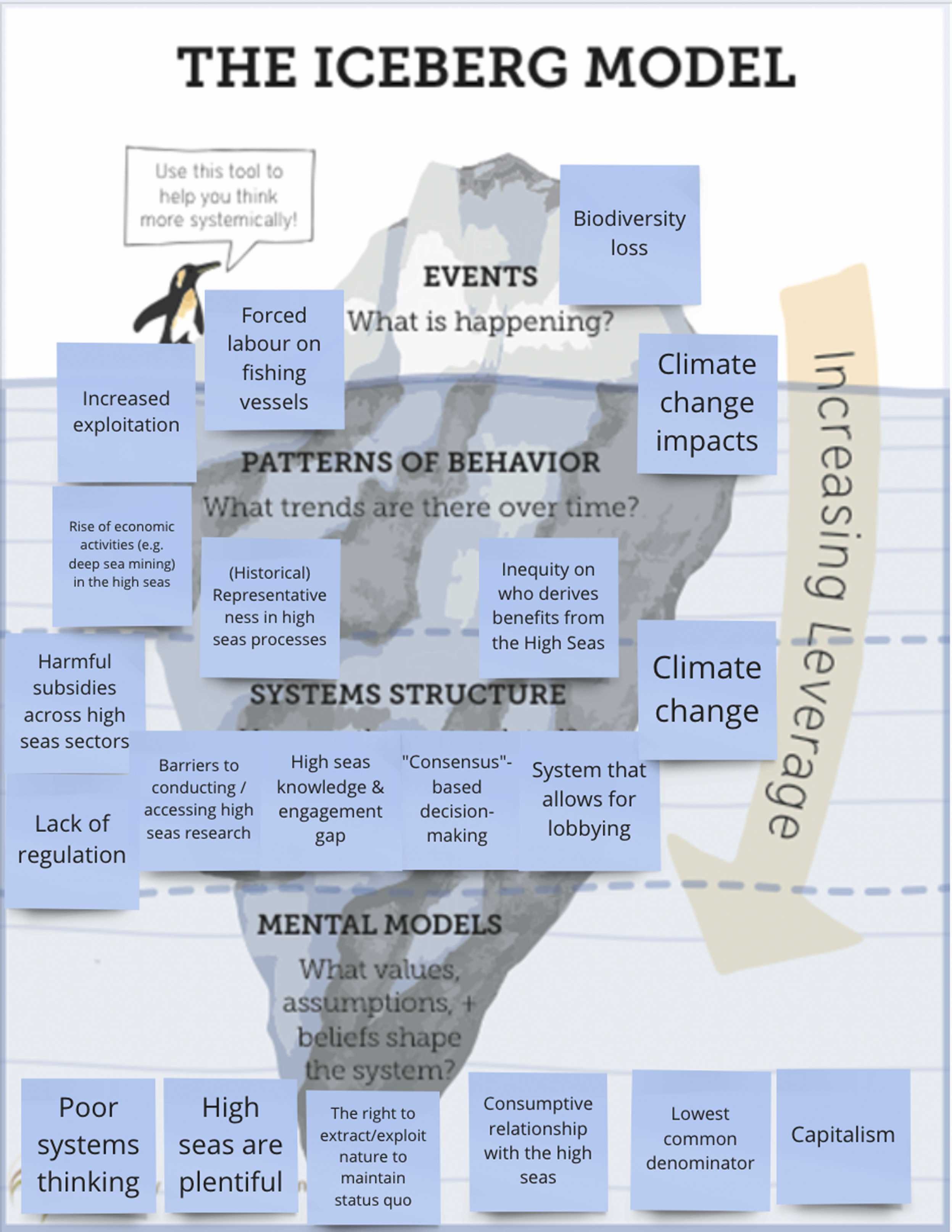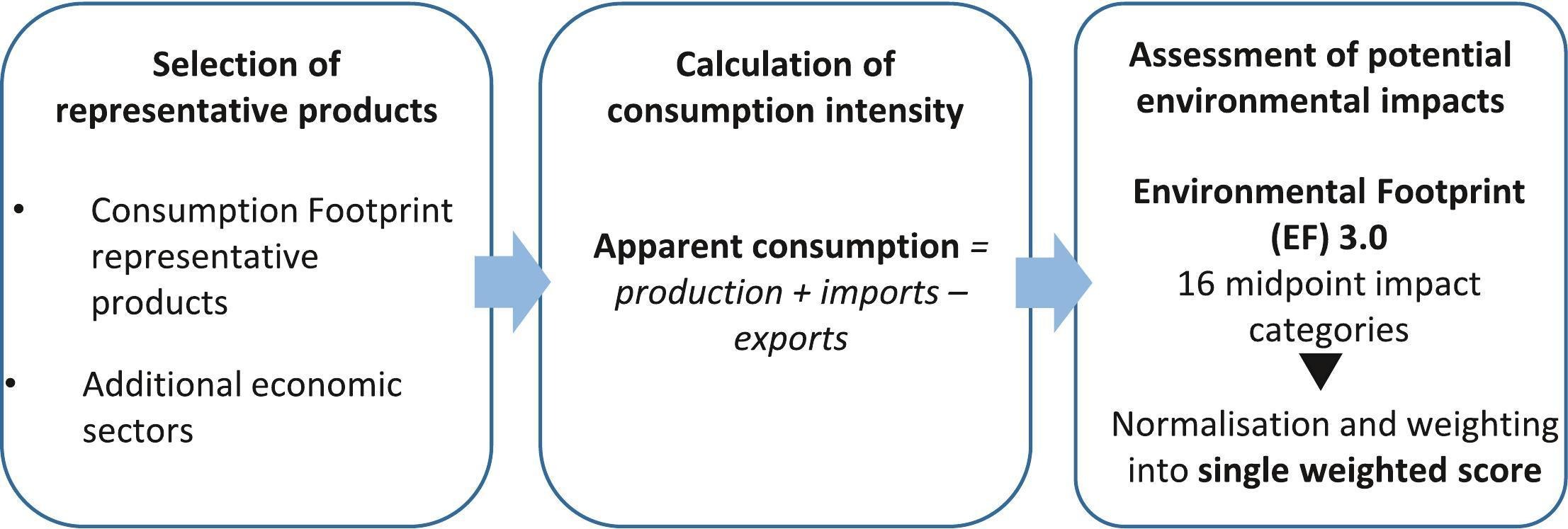Elsevier,
Neurochemistry International, Volume 165, May 2023
This review discusses the critical role of oxidative stress in the pathogenesis of neurological disorders such as stroke and Alzheimer's disease (AD), detailing the mechanisms of reactive oxygen species (ROS) generation in the brain and exploring the potential of antioxidant therapies as therapeutic targets.
Elsevier,
The Lancet Public Health, Volume 8, May 2023
This Article supports Sustainable Development Goal 3 by showing a positive association between hearing loss without hearing aid use and dementia in adults aged 40-69 years in the UK. The authors analysed all-cause dementia, as well as specific types including Alzheimer's disease. Hearing loss was associated with increased risk of dementia, and using hearing aids was associated with a similar risk of dementia to no hearing loss, suggesting that hearing aid use in people with hearing loss could reduce dementia risk.
Elsevier,
Nitric Oxide - Biology and Chemistry, Volume 134-135, 1 May 2023
Nitric Oxide can act as both protecting and aggravating factor in Alzheimer's Disease. Nitric oxide can be considered as a neurotoxic factor in Alzheimer's Disease. Nitric Oxide induces neuro plasticity, neuroprotection, neurogenesis, long-term potentiation, and myelination. Drugs based on Nitric Oxide have shown promising results in Alzheimer's Disease. Nitric Oxide can via sundry ways ameliorate memory formation.
Elsevier,
Marine Policy, Volume 153, 2023, 105644, ISSN 0308-597X
We are at a critical crossroads for the future governance of the high seas. We used the Nature Futures Framework to explore desirable futures for the high seas. Creative endeavours of co-production encourage imagination to address challenges. Participatory processes are important tools in the science-policy interface. Stories and art can be powerful ways to overcome barriers.
Elsevier,
Sustainable Production and Consumption, Volume 37, May 2023
This study aims to identify the factors that constrain and enable the sustainability of reusable packaging systems, considering environmental, economic, social and technical dimensions. This research is critical to the effective implementation and scale-up of reusable packaging systems.
Elsevier,
Sustainable Production and Consumption, Volume 37, May 2023
Results from this study contribute to define a complete set of environmental and social data and information, which can help European decision makers to define new criteria for sustainable management of the waste plastics of interest. A new methodological approach has been proposed: it appears able to be applied in future research projects involving innovative management options.
Elsevier,
Sustainable Production and Consumption, Volume 37, May 2023
This paper explores the potential implementation of the Consumption Footprint rationale to define a footprint indicator for the EU Bioeconomy, henceforth ‘Bioeconomy Footprint’. This indicator can be a powerful tool for a comprehensive and effective monitoring of the bioeconomy sectors: to capture environmental impacts over time, identifying environmental hotspots, highlighting geographic and sectorial trade-offs, and identifying burden shifts among impact categories and along the supply chain.
Elsevier,
The Lancet Planetary Health, Volume 7, May 2023
The 2022 UN Climate Change Implementation Plan acknowledged the necessity of taking action to address climate change and safeguard water and food security within a human-rights-based approach.1 Low-income and middle-income countries are disproportionately affected by climate change and have less capacity to respond to climate-related impacts such as sea-level rise, extreme weather events, drought, population displacement, and disease.
Elsevier, Annals of Hepatology, Volume 28, 1 May 2023
Introduction and Objectives: We aimed to analyze the trends of total and sex-stratified mortality from hepatitis C virus (HCV) and to estimate the proportion of non-alcoholic liver disease deaths in Mexico attributable to HCV from 2001-2017. Materials and Methods: Using the mortality multiple-cause dataset, we selected the codes for acute HCV and chronic HCV to analyze trends from 2001 to 2017.


